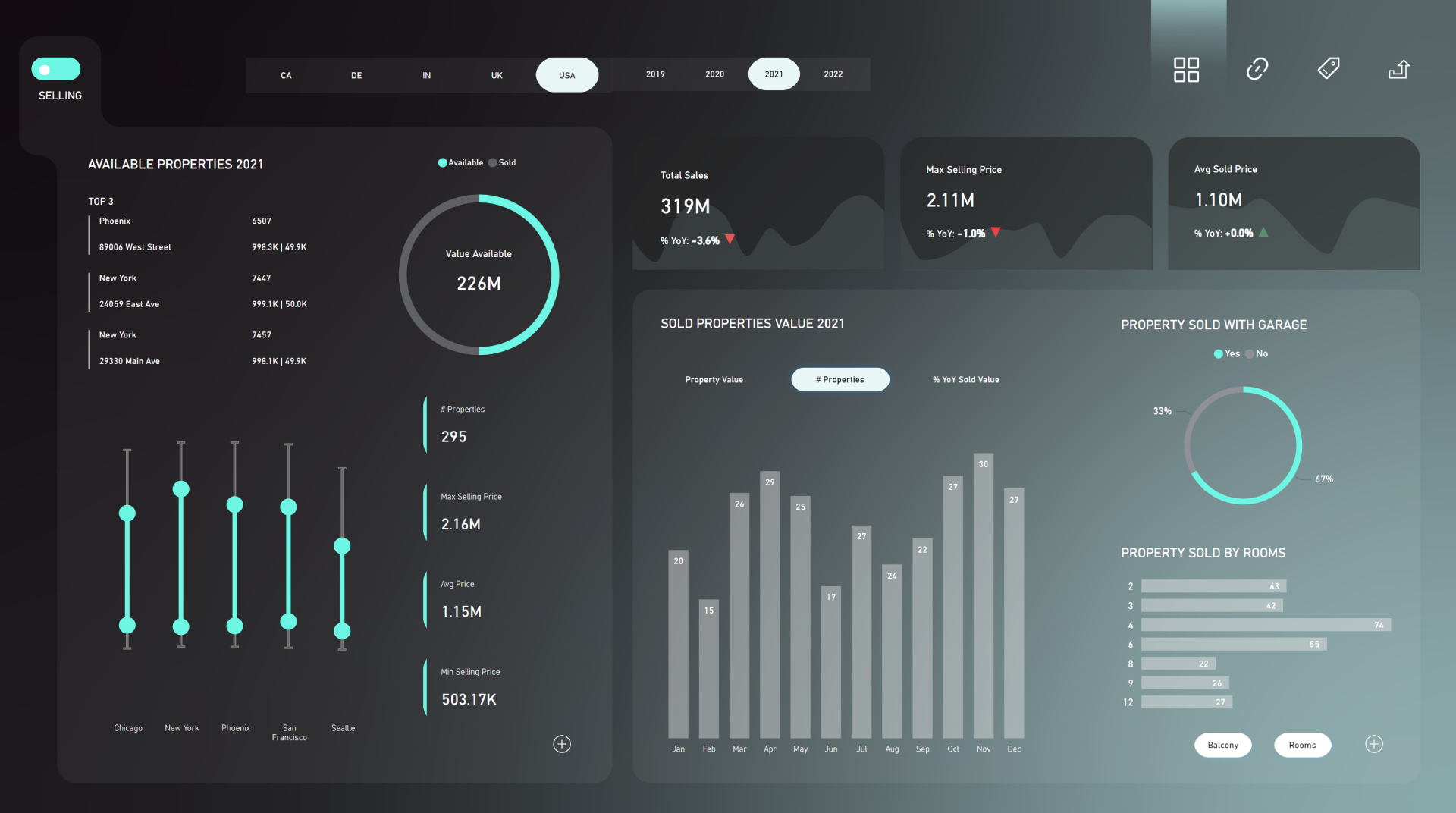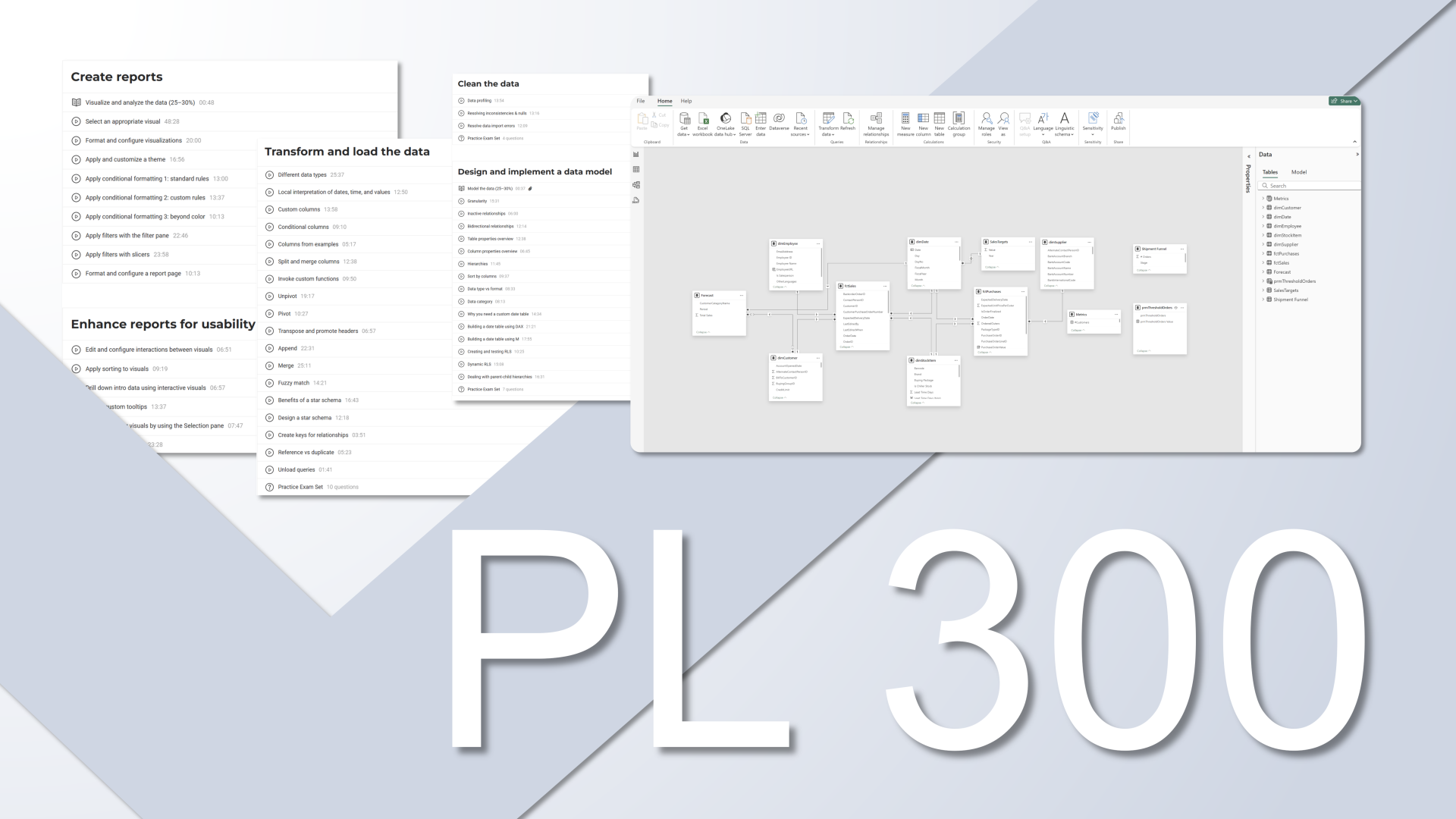First, What’s New? Organizational Themes Are Here
Until recently, setting up a shared theme across your team meant creating a theme, exporting it as a JSON file, and dropping it at a central repository where everyone could access. Not great - especially in bigger teams.
But now, Power BI has rolled out Organizational Themes, which means the theme can be accessible within Power BI Desktop itself. No more juggling files or chasing version updates.
Highlights
- Centralized theme management
- Same experience as built‑in themes
- Optional default for Copilot‑generated reports
Prerequisite: You’ll need Power BI admin access to add or manage Organizational Themes.
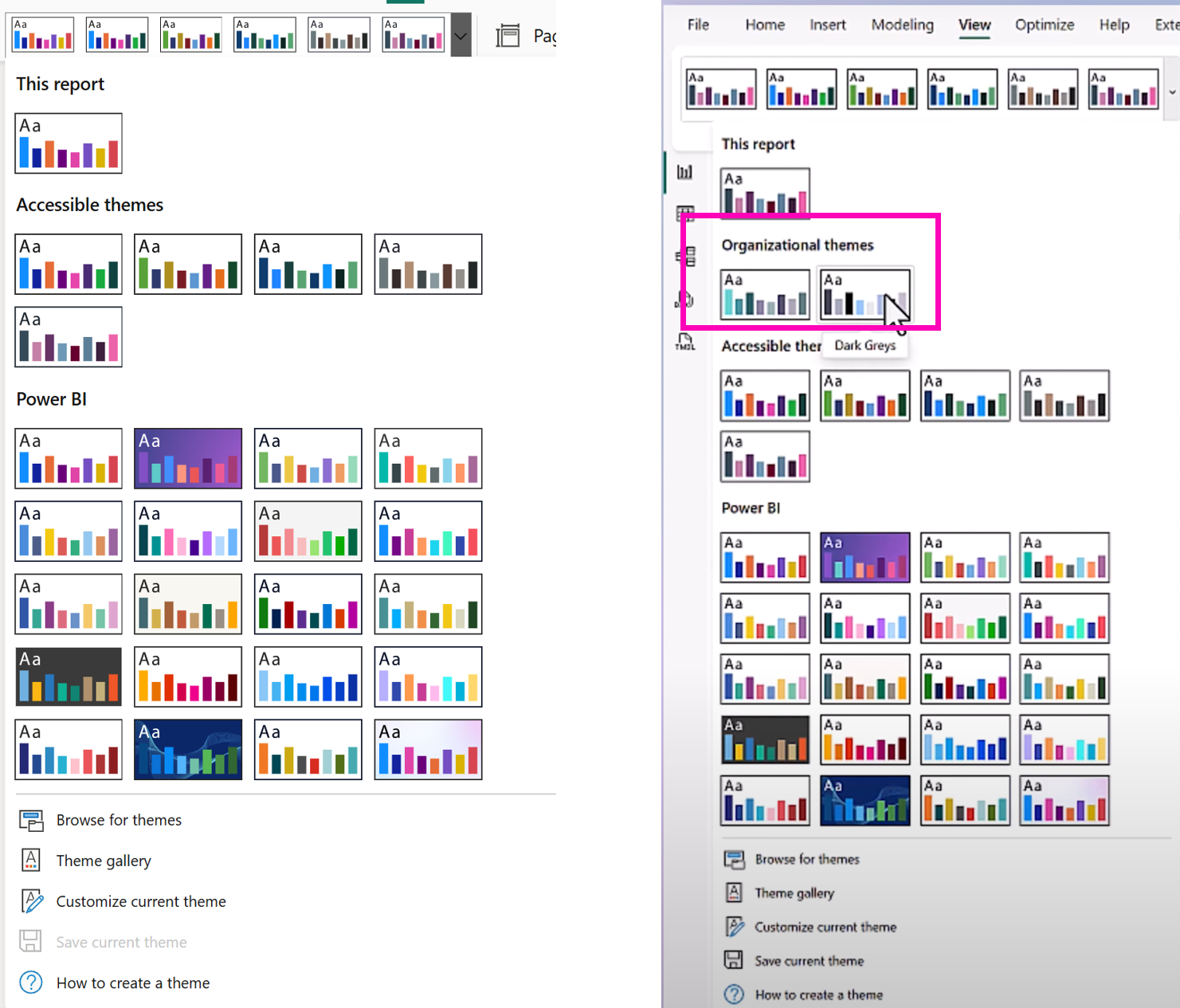
How to Add an Organizational Theme
1. Go to Power BI Service
Click on the gear icon (top right) for Settings, then head to Admin Portal.
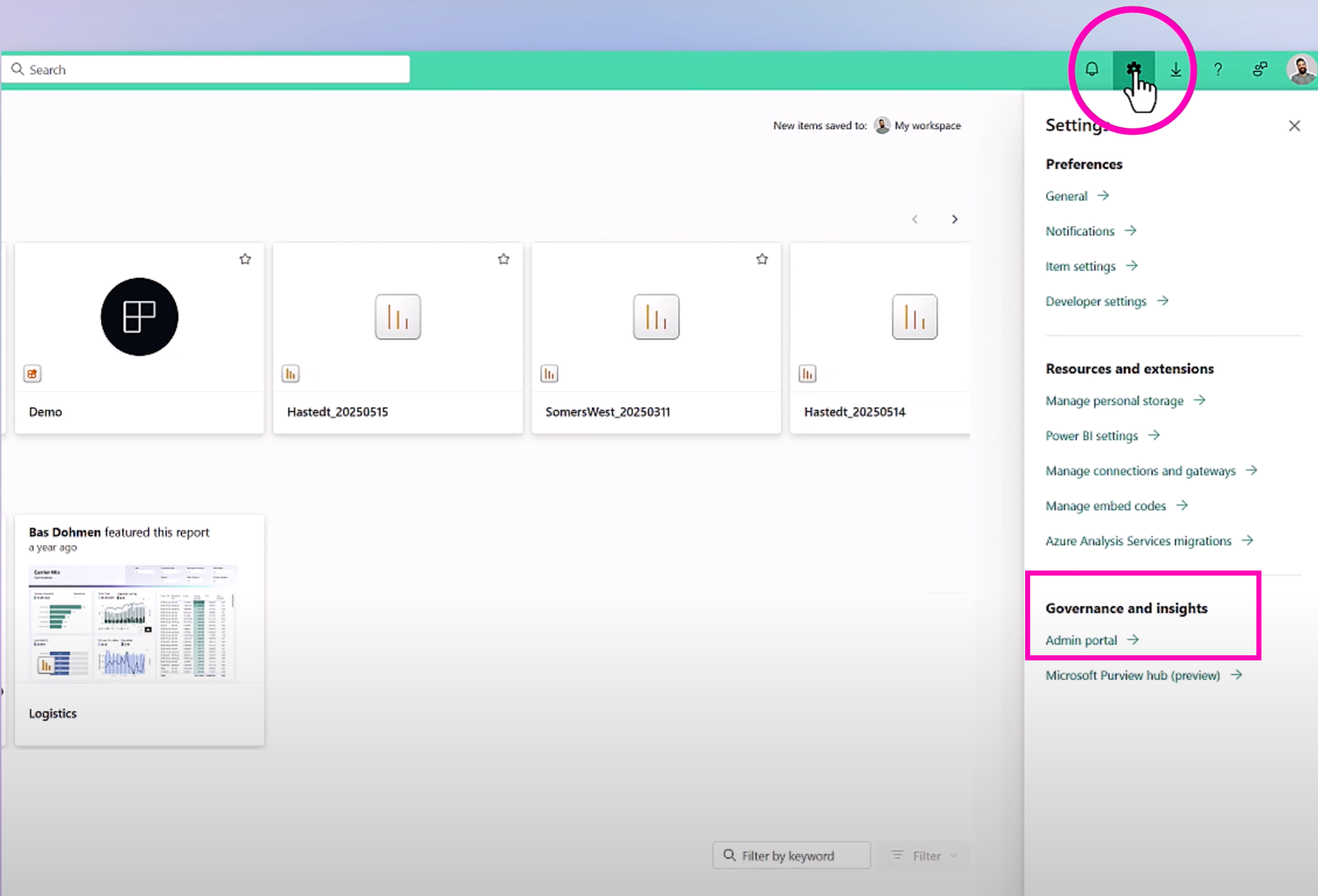
2. Open Organizational Themes (Preview) and Click on + Add theme.
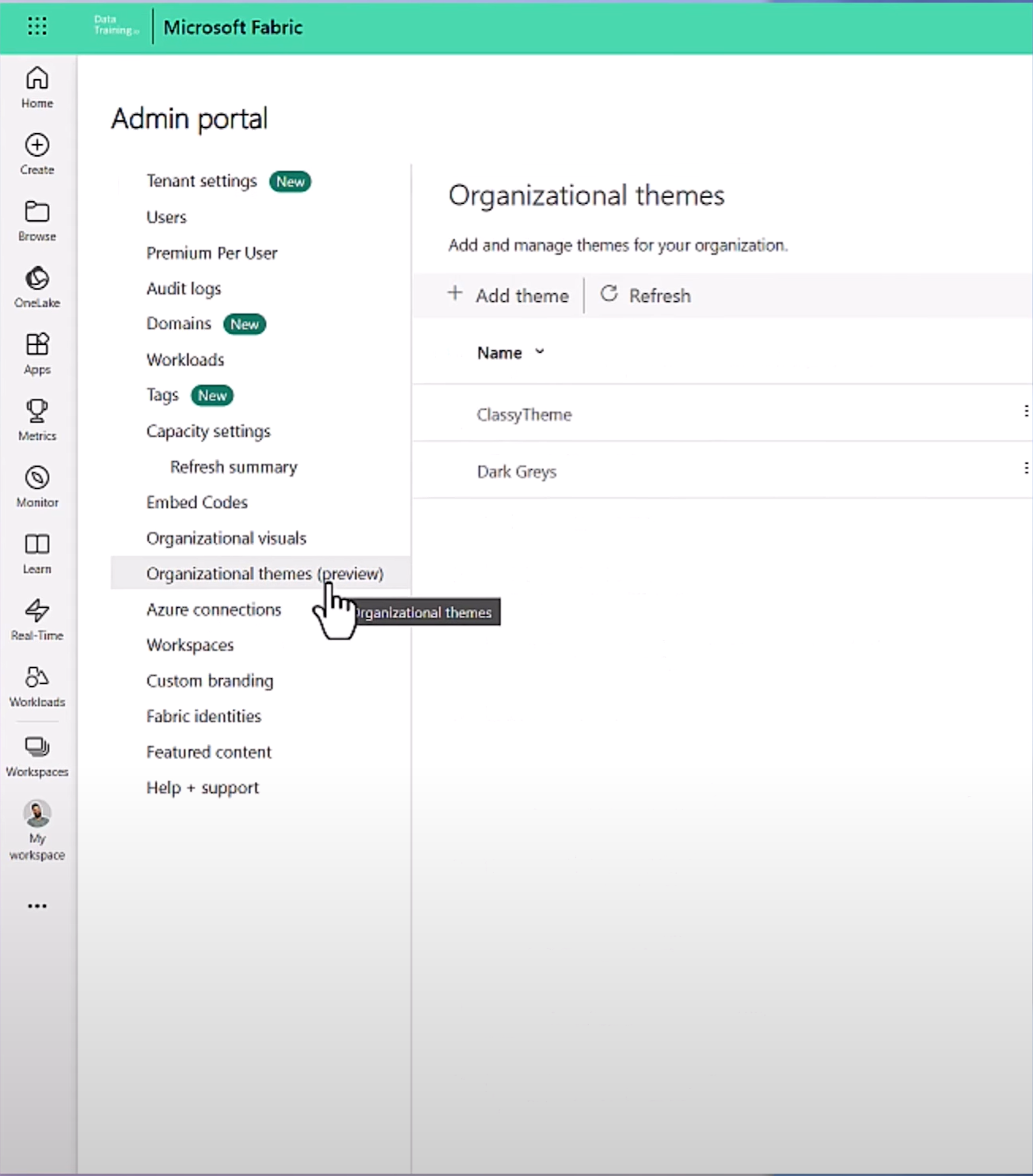
3. Upload Your Theme FileHere you will be able to add a short description, and you’ll also see an option to make this theme default for Copilot-generated reports.
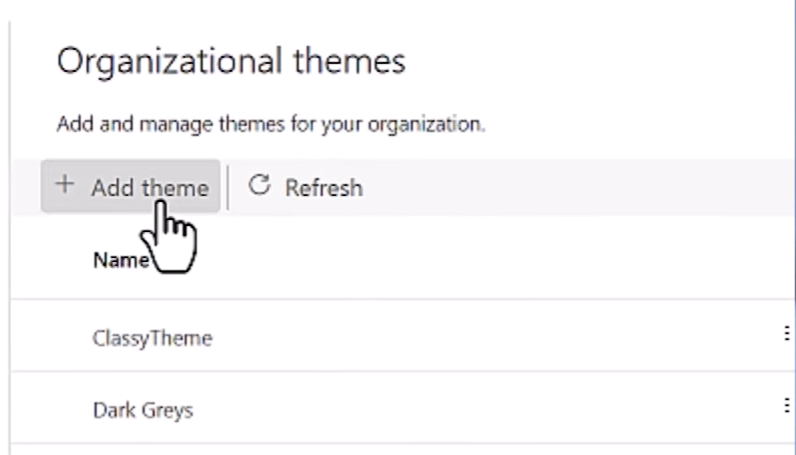
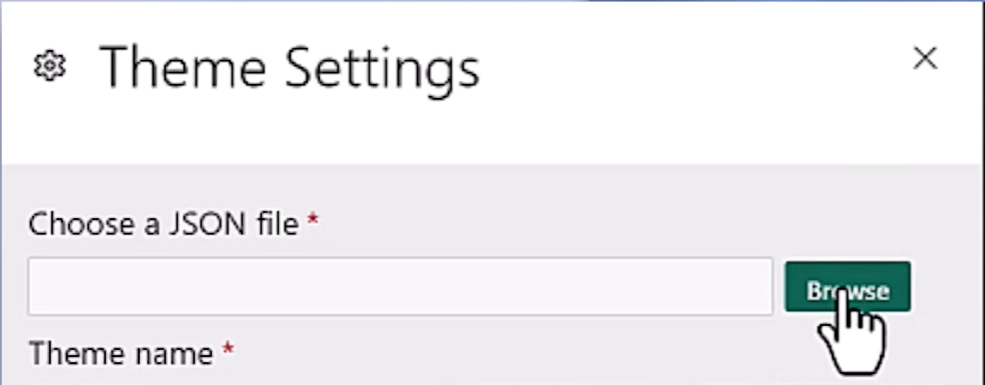
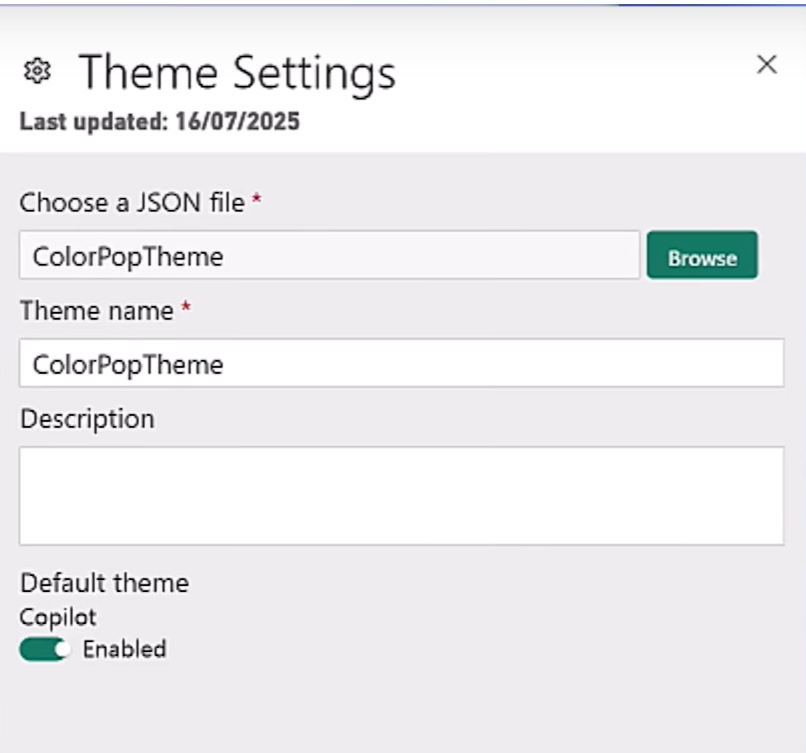
Once it's added, don’t stop just yet as this step alone will not show the theme under the Organizational theme section. Click on the uploaded theme, you will notice it is disabled.

4. Enable It for the Theme GalleryClick on the uploaded theme and then on "enable it for theme gallery".
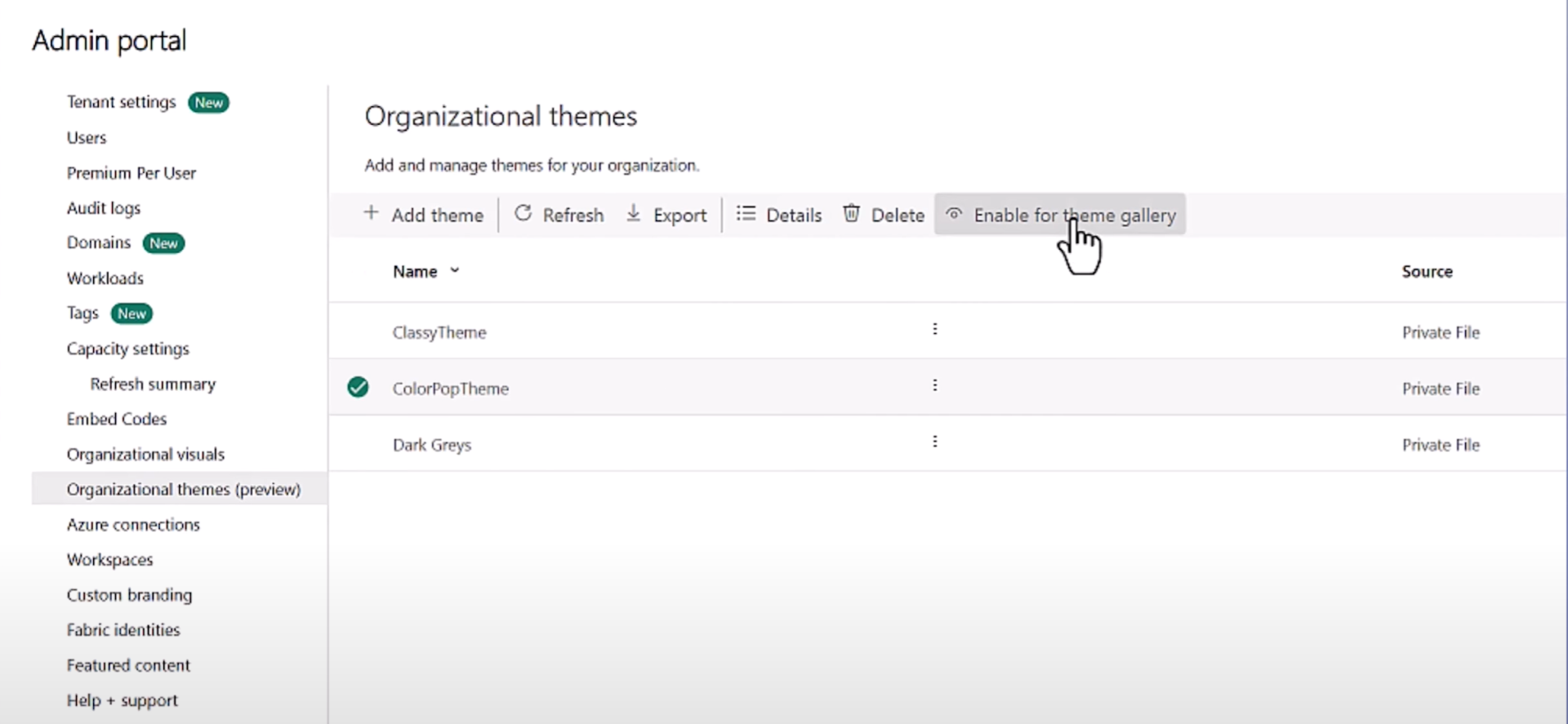
Once that’s done, go back to Power BI Desktop → View → Organizational themes, and your theme will be right there.
A few tips to keep in mind
1. Sometimes, the theme won’t seem to apply right away - and that’s usually because the visuals already have custom formatting which means we have already manually updated it. Power BI won’t override those changes automatically. To fix it, just select the visual and click ‘Reset to default’. That’ll let the new theme take effect as expected. You can do this for the whole visual or you can choose to reset the properties that you wish to make changes, in that case you can use the "Reset to default" at the property level.
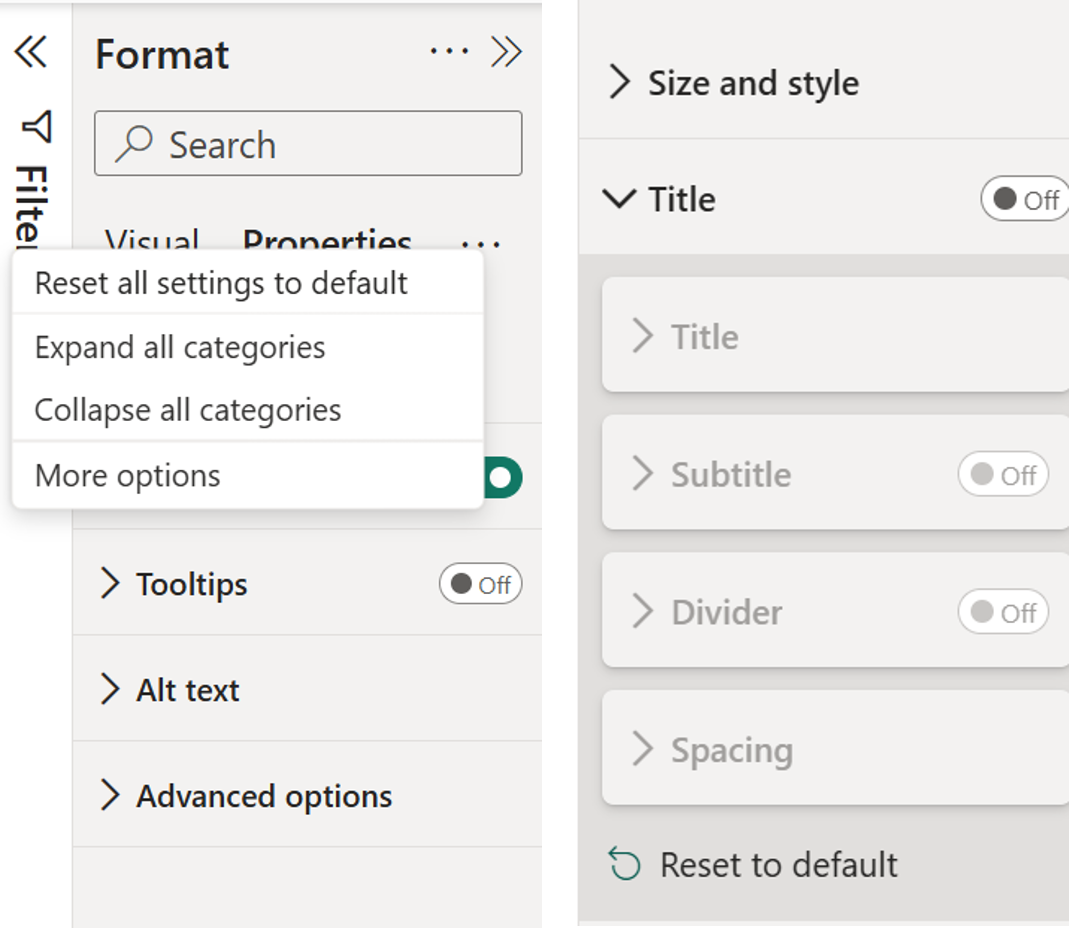
2. If you want to beyond the built-in theme customization options by editing the theme JSON file directly. Just export the current theme, open it in a text editor like
Visual Studio Code (my personal favorite), and start tweaking.
To make editing easier, you can add a schema reference at the top of your JSON file. This gives you suggestions and auto-complete while typing which is super helpful and essential when you don’t want to guess property names.
While working on the JSON, if you want suggestions and auto-complete you can add a "schema" reference at the beginning of your file. You can find it in the official documentation under "use report themes in Power BI Desktop". You can access this file from Power BI Desktop by selecting "How to create a theme" from the View option. Look for "JSON schema is available for download" link, click on it and grab the URL and add it in the "schema" reference.
Now when you try to add a property, click on "Ctrl + space" and you will have the Intellisense feature pop up. Then make the necessary changes and reimport the file to the Power BI Desktop.
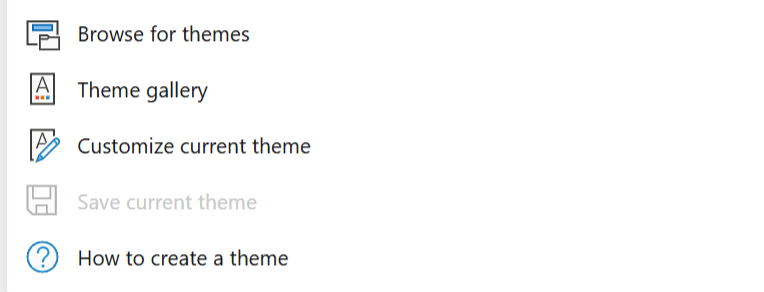


Wrap up
And that’s it. With these updates, your team gets a single source of truth for design - no more mismatched fonts, headlines, or colors. Pair that with a starter JSON and you’ll ship consistent, credible Power BI reports in minutes, not hours. And managing report themes becomes a whole lot easier and more centralized.
Hope you like it!
Give it a try and see how it works for you! I’d love to hear what you think or see how you use this trick in your own reports.















